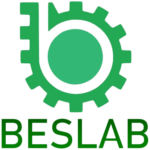Temperature Calibration
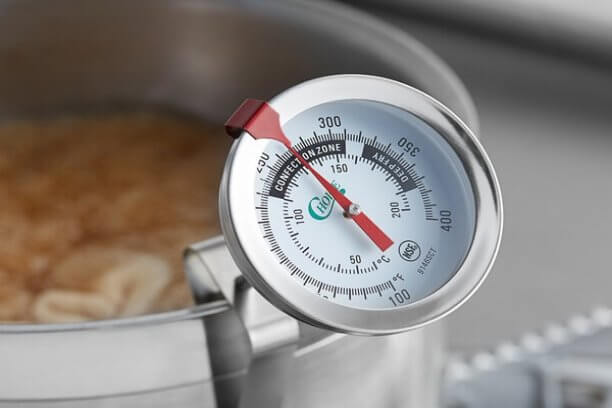
In industrial settings, temperature measuring devices are used to monitor, control, and maintain the temperature of equipment, processes, and environments. Accurate temperature measurement is essential in industries such as manufacturing, chemical processing, food production, HVAC (Heating, Ventilation, and Air Conditioning), and many others, where temperature control directly impacts the quality, efficiency, and safety of operations.
Calibration is performed by highly trained calibration officers and high-tech equipment to provide results that will give you confidence in the capabilities of your pressure measuring equipment.
Service includes:
Temperature Gauge Calibration
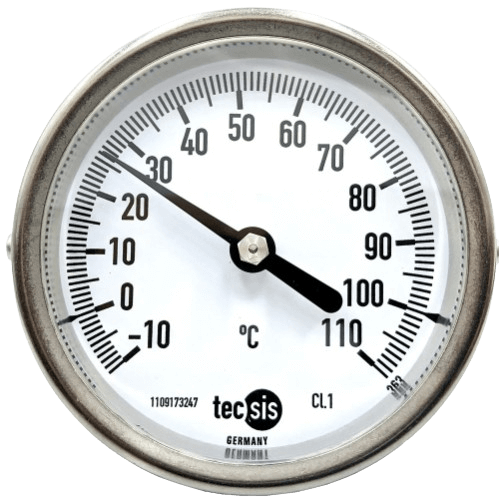
A temperature gauge is an instrument used to measure the temperature of a substance or environment. It works by detecting the temperature and providing a reading in units like Celsius (°C), Fahrenheit (°F), or Kelvin (K).
Calibration capability : up to 550°C
Thermocouple Calibration
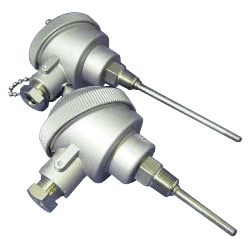
A thermocouple is widely used in various industries to measure temperature. It consists of two dissimilar metal wires joined at one end, creating a junction where the temperature is measured. When the junction is heated or cooled, it produces a voltage that can be correlated to temperature.
Calibration capability : up to 550°C
RTD (PT100) Calibration
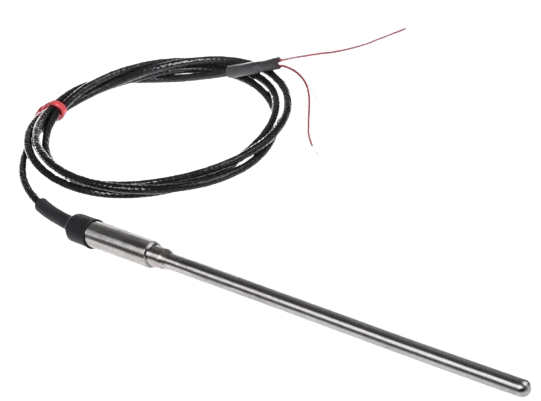
A PT100 is a type of Resistance Temperature Detector (RTD) used extensively in industry for precise temperature measurement. The PT100 sensor works on the principle that the resistance of platinum (the “PT” part) increases with temperature in a well-known and predictable manner. The “100” refers to the fact that at 0°C, the resistance of the platinum element is 100 ohms.
Calibration capability : up to 550°C
Temperature Recorder Calibration
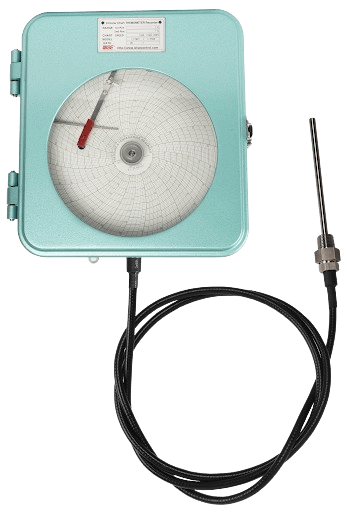
A temperature recorder is a device used to continuously monitor and record temperature over a specific period of time. It is crucial in industries where maintaining a consistent temperature is essential for product quality, safety, or process control.
Calibration capability : up to 550°C
Temperature Transmitter Calibration
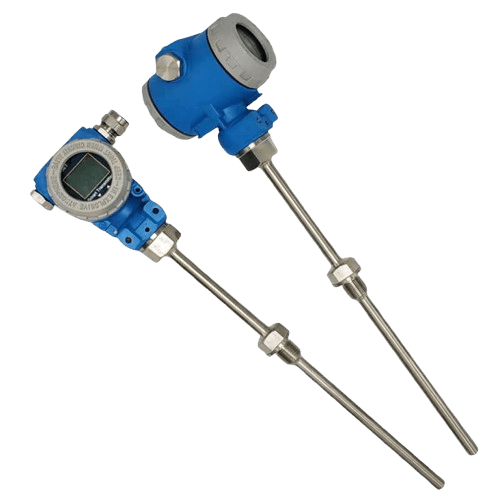
A temperature transmitter is an instrument used to measure temperature and convert the temperature reading into a standardized electrical signal (usually 4-20 mA, 0-10 V, or digital signals) for monitoring and control purposes in various industrial processes.
Calibration capability : up to 550°C
Temperature Switch Calibration
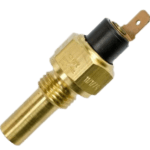
A temperature switch is a device used to monitor temperature and trigger an action (such as turning equipment on or off, activating alarms, or controlling other devices) when a specific temperature threshold is reached.
Calibration capability : up to 550°C
Liquid in Glass Thermometer Calibration
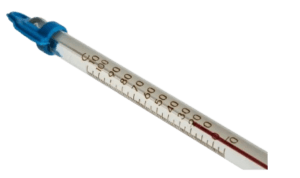
A liquid-in-glass thermometer is a traditional type of thermometer that measures temperature by using the expansion of a liquid (such as mercury or colored alcohol) inside a glass tube. As the temperature increases, the liquid expands and rises within the tube; as the temperature decreases, the liquid contracts and falls back down.
Calibration capability : up to 250°C
Thermo-Hygrometer Calibration
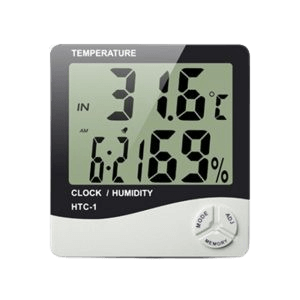
A thermo-hygrometer is an instrument used to measure both temperature and humidity in the air. It is a combination of two tools: a thermometer, which measures temperature, and a hygrometer, which measures humidity.
Calibration capability : 16~40°C & 30~80%r.h
Infrared Thermometer Calibration
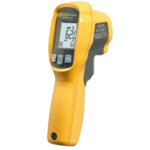
An infrared thermometer is a non-contact temperature measuring device that uses infrared radiation to determine the temperature of an object or surface. Unlike traditional thermometers that require physical contact with the object to measure its temperature, infrared thermometers measure the infrared radiation emitted by the object.
Calibration capability : up to 400°C
Temperature Controller Calibration
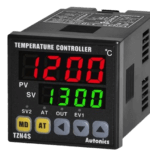
A temperature controller is an electronic device used to regulate and maintain a specific temperature in a system or environment by controlling heating, cooling, or both. It works by sensing the current temperature and comparing it to a setpoint (desired temperature).
Oven Calibration
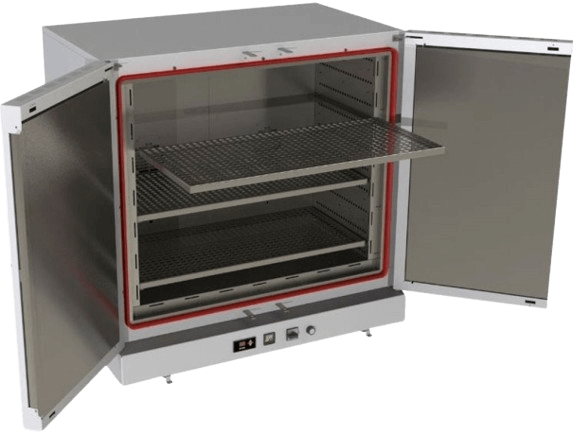
In the automotive, aerospace, and manufacturing industries, industrial ovens are used to cure or dry paint, coatings, and varnishes applied to various materials like metals, plastics, and glass.
Calibration capability : up to 550°C
